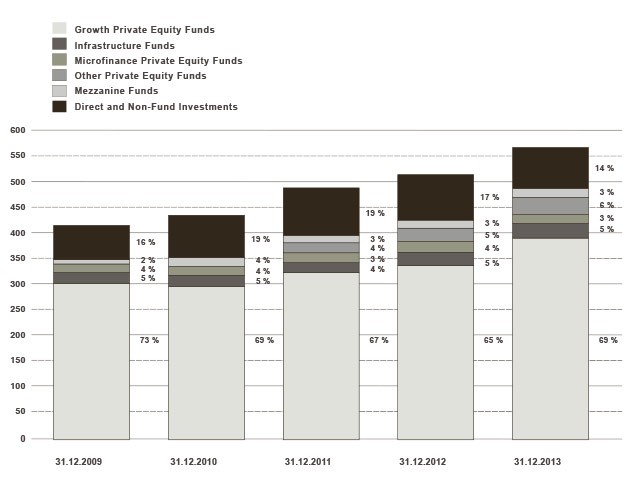Portfolio Theory Risk Encyclopedia
Post on: 14 Октябрь, 2015 No Comment

Modern portfolio theory (MPT)—or portfolio theory —was introduced by Harry Markowitz with his paper Portfolio Selection, which appeared in the 1952 Journal of Finance. Thirty-eight years later, he shared a Nobel Prize with Merton Miller and William Sharpe for what has become a broad theory for portfolio selection.
Prior to Markowitzs work, investors focused on assessing the risks and rewards of individual securities in constructing their portfolios. Standard investment advice was to identify those securities that offered the best opportunities for gain with the least risk and then construct a portfolio from these. Following this advice, an investor might conclude that railroad stocks all offered good risk-reward characteristics and compile a portfolio entirely from these. Intuitively, this would be foolish. Markowitz formalized this intuition. Detailing a mathematics of diversification. he proposed that investors focus on selecting portfolios based on those portfolios overall risk-reward characteristics instead of merely compiling portfolios from securities that each individually have attractive risk-reward characteristics. In a nutshell, inventors should select portfolios not individual securities.
If we treat single-period returns for various securities as random variables, we can assign them expected values , standard deviations and correlations. Based on these, we can calculate the expected return and volatility of any portfolio constructed with those securities. We may treat volatility and expected return as proxys for risk and reward. Out of the entire universe of possible portfolios, certain ones will optimally balance risk and reward. These comprise what Markowitz called an efficient frontier of portfolios. An investor should select a portfolio that lies on the efficient frontier.
James Tobin (1958 ) expanded on Markowitzs work by adding a risk-free asset to the analysis. This made it possible to leverage or deleverage portfolios on the efficient frontier. This lead to the notions of a super-efficient portfolio and the capital market line. Through leverage, portfolios on the capital market line are able to outperform portfolio on the efficient frontier.
Sharpe (1964 ) formalized the capital asset pricing model (CAPM). This makes strong assumptions that lead to interesting conclusions. Not only does the market portfolio sit on the efficient frontier, but it is actually Tobins super-efficient portfolio. According to CAPM, all investors should hold the market portfolio, leveraged or de-leveraged with positions in the risk-free asset. CAPM also introduced beta and relates an assets expected return to its beta.
Portfolio theory provides a context for understanding the interactions of systematic risk and reward. It has shaped how institutional portfolios are managed and motivated the use of passive investment techniques. The mathematics of portfolio theory is used in financial risk management and was a theoretical precursor for todays value-at-risk measures.














